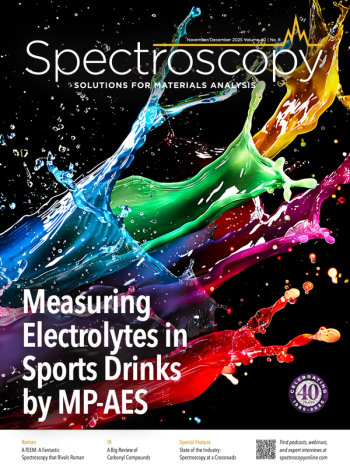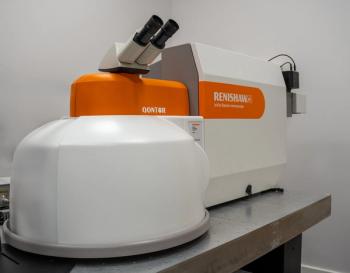
Innovative Nanosheets Propel Advancements in Sensitive Surface-Enhanced Raman Spectroscopy
Researchers at Nanjing University of Science and Technology, led by corresponding have introduced an advancement in surface-enhanced Raman spectroscopy (SERS) with two-dimensional amorphous titanium dioxide/silver (a-TiO2/Ag) nanosheets, demonstrating exceptional sensitivity and repeatability in chemical detection applications.
In a study published in the recent edition of Applied Spectroscopy, researchers from Nanjing University of Science and Technology, led by corresponding author Rui Lu, unveiled a significant advancement in the realm of surface-enhanced Raman spectroscopy (SERS). The study focuses on the development of two-dimensional amorphous titanium dioxide/silver (a-TiO2/Ag) nanosheets, showcasing their potential as highly sensitive SERS substrates for chemical detection.
To explore the chemical enhancement of amorphous semiconductors and elevate the sensitivity of SERS substrates, the research team employed a unique approach. Titanium dioxide (TiO2) precursors underwent calcination at different temperatures, resulting in the generation of both crystallized TiO2 (c-TiO2) and amorphous TiO2 (a-TiO2) nanosheets. Subsequently, a two-dimensional a-TiO2/Ag nanosheet SERS substrate was successfully fabricated through electrostatic interaction between a-TiO2 and silver (Ag) nanoparticles.
The efficacy of the a-TiO2/Ag nanosheets in comparison to c-TiO2 and Ag nanoparticles alone was demonstrated using the SERS probe molecules rhodamine 6G (R6G) and malachite green (MG). The results revealed that a-TiO2/Ag nanosheets produced highly sensitive and repeatable Raman signals. Remarkably, the detectable concentration limits for R6G and MG were determined to be 10−11 M and 10–10 M, respectively, showcasing the exceptional sensitivity of the substrate. The system exhibited an enhancement factor (EF) of up to 1 × 108, underlining its superior performance in enhancing Raman signals.
Moreover, the study found that the limit of detection for 4-mercaptobenzoic acid and alizarin red reached an impressive 1 × 10–8. Complementing the experimental findings, a finite-difference time-domain simulation was conducted to evaluate the magnetic field strength generated by Ag nanoparticles. The simulation results suggested that the actual EF was slightly smaller than the calculated one, emphasizing the positive impact of a-TiO2 nanosheets on the chemical enhancement of SERS.
The innovative approach presented in this study not only advances our understanding of SERS substrates but also opens avenues for highly sensitive and reliable chemical detection. The development of a-TiO2/Ag nanosheets holds promise for diverse applications, ranging from environmental monitoring to biomedical diagnostics. As the scientific community continues to explore new frontiers in nanomaterials, this study highlights the potential of two-dimensional amorphous nanosheets in advancing the application of SERS analytical techniques for the benefit of various industries.
This article was written with the help of artificial intelligence and has been edited to ensure accuracy and clarity. You can read more about our
Reference
(1) Zhang, L.; Wu, S.; Lu, R.et al. Two-Dimensional Amorphous Titanium Dioxide/Silver (TiO2/Ag) Nanosheets as a Surface-Enhanced Raman Spectroscopy Substrate for Highly Sensitive Detection. Appl. Spectrosc. 2023, November 9. DOI: 10.1021/acs.analchem.3c00251
Newsletter
Get essential updates on the latest spectroscopy technologies, regulatory standards, and best practices—subscribe today to Spectroscopy.



